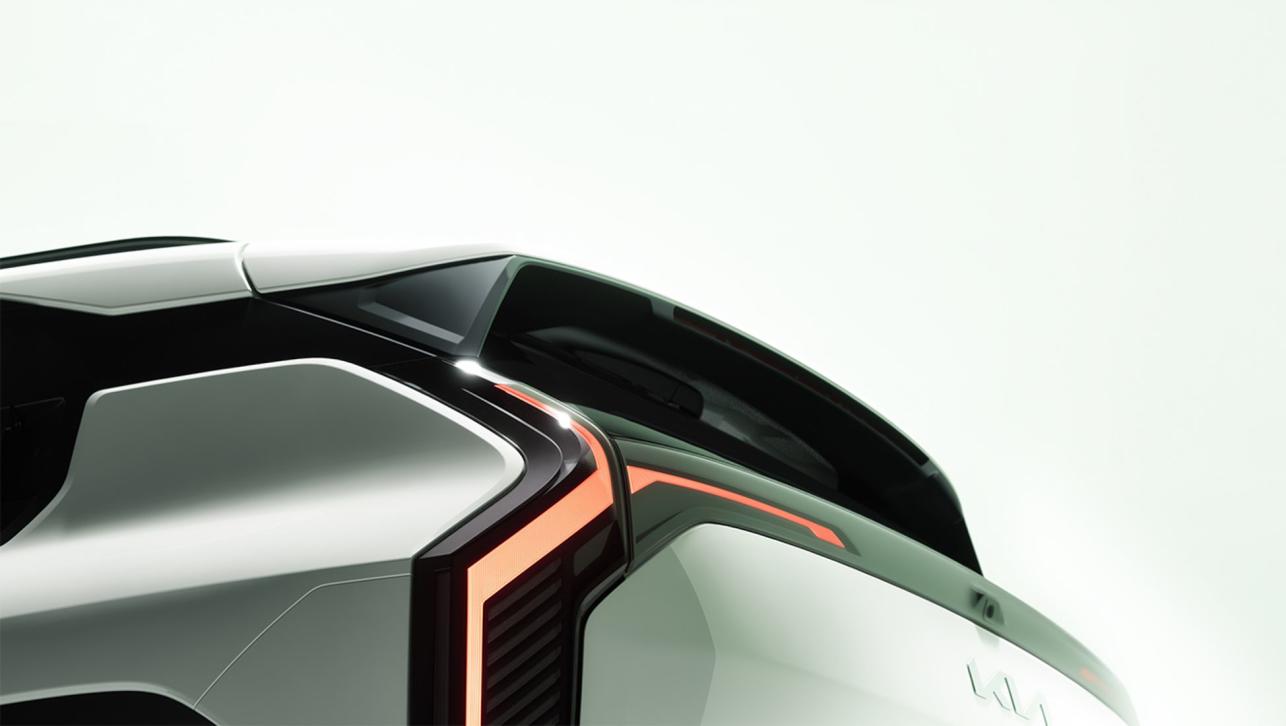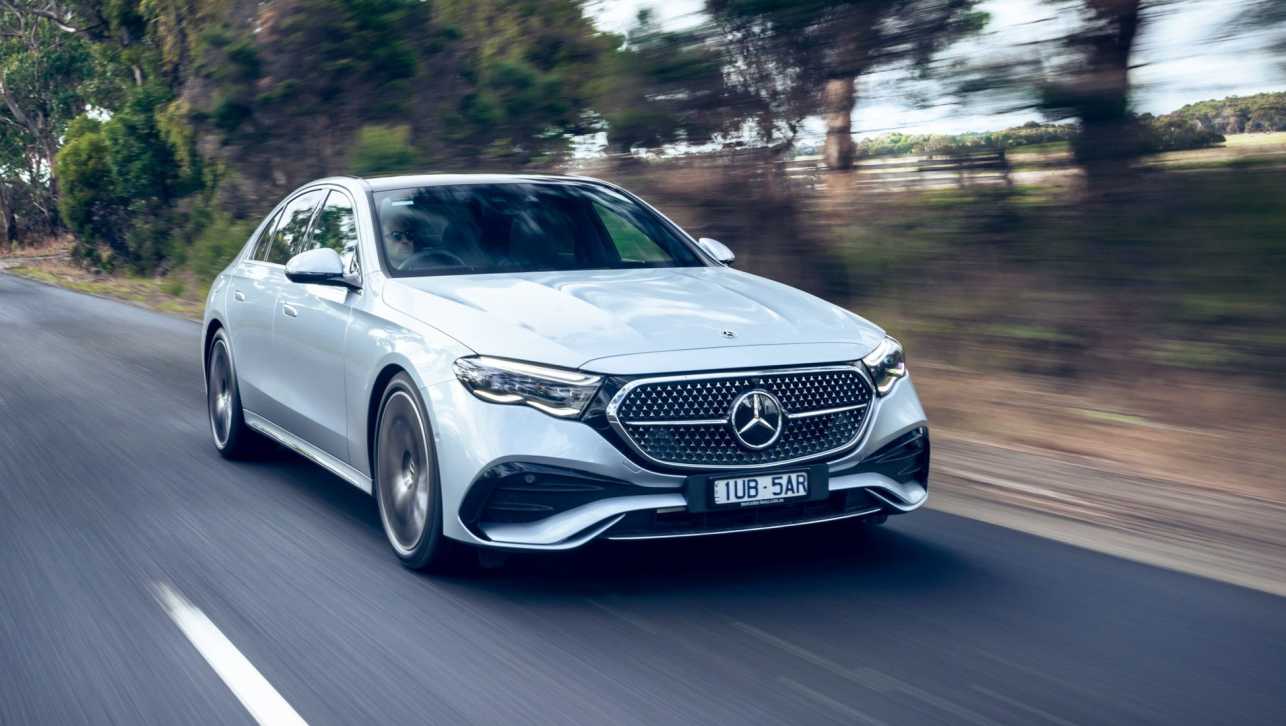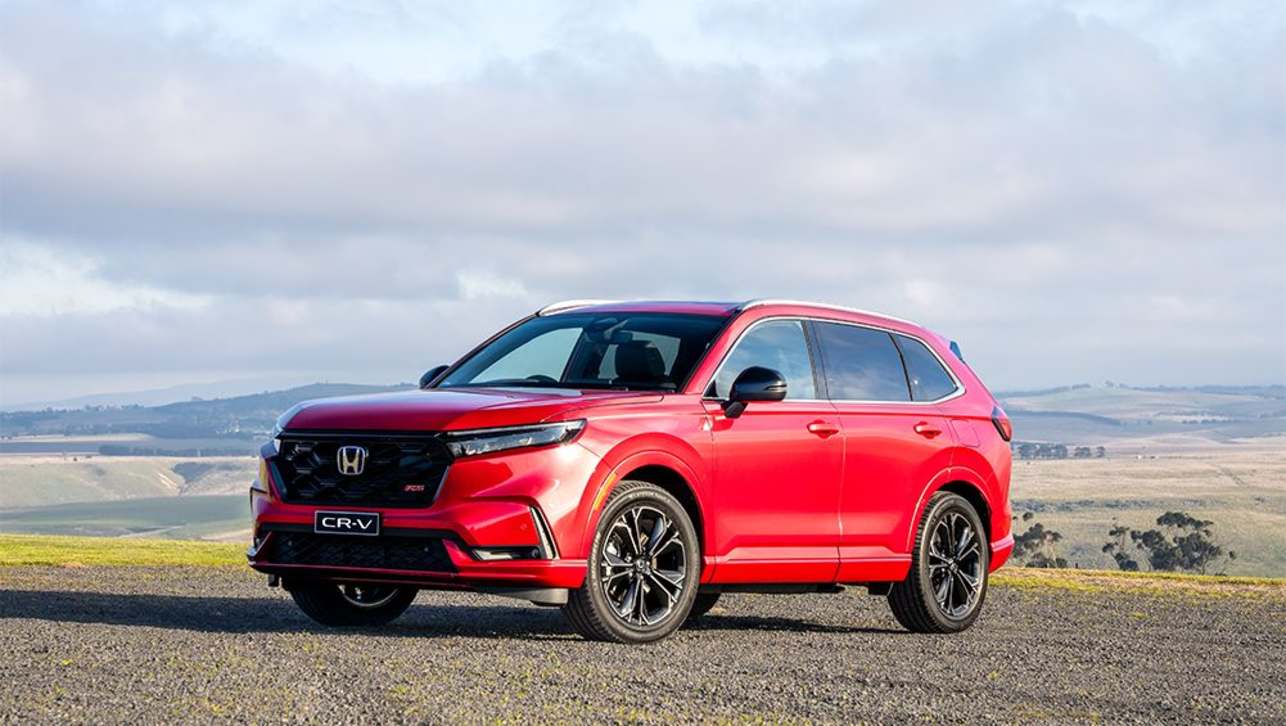Just 10 years ago, dual airbags and anti-skid brakes were probably the most technologically advanced systems in your new car.
Today, there can be as many as 10 airbags, anti-skid brakes are the norm and electronic stability control and traction systems are becoming more common.
But the automobile industry’s rush to technology has not stopped there.
Runflat tyres are a familiar safety feature, as well as park assist sensors and lane departure warning systems. In addition, adaptive high-intensity LED headlights that can light the way through corners are a major benefit of R&D at Audi and Lexus.
These features are all on the checklist of new car buyers.
New safety systems continue to appear — adaptive cruise control, night vision, driver alert systems and collision avoidance warnings.
Apart from advances in life-saving technology, petrol-electric hybrids like the Toyota Prius and Honda Civic are mainstream models now.
Manufacturers are also introducing new engine drivetrains with all-electric cars, hydrogen-powered cars, in-wheel electric motors and dedicated LPG and CNG cars.
Mazda and BMW are testing hydrogen cars in Japan and the US.
Nissan expects to have an all-electric car based on the prototype EV-02 on sale in two years and Mitsubishi’s i MiEV electric car is on sale in Japan. The former is also working with Renault to launch an all-electric Megane for Israel next year.
All new technology takes time to trickle down to the mainstream, and cars are certainly no different.
BMW’s road speed sign detection system is currently available only on the new $200,000 7 Series.
The system, designed to read signs and adjust speed accordingly, will eventually roll out in other BMWs and there will be inevitable imitations from other manufacturers. The road speed system tells the driver the maximum speed allowable on the route they are taking.
Mercedes-Benz is pioneering a drowsy driver system called Attention Assist.
With driver fatigue responsible for 25 per cent of all accidents, the Mercedes Attention Assist system monitors the driver’s behaviour. It also registers steering wheel movements, indicator and pedal operation, along with several specific control operations and external influences such as side winds or uneven road surfaces.
If it detects that the driver is drowsy, an alarm will sound and the warning “Attention Assist. Break!” pops up on the instrument cluster.
The Swedes, famous for their commitment to safety, are also adding newer technologies to gain an edge.
When the new Volvo XC60 arrives in March it will have a computer and radar-controlled collision avoidance system as standard. Called City Safety, the system is mounted behind the windscreen and constantly monitors vehicles ahead.
Volvo found that 75 per cent of collisions occur below 30km/h and that, in 50 per cent of those cases, drivers had not braked before impact.
City Safety is able to make a crucial difference. It operates at speeds up to 30 km/h and is able to detect if the car is at risk of colliding with the vehicle ahead. If the driver has not taken corrective action in time, City Safety will apply the brakes to either minimise the impact or avoid it altogether.
Volvo’s new S60 concept car, displayed at this year’s Detroit Motor Show, takes the concept a step further. When it goes on sale next year it will have a collision warning with full automatic brake and pedestrian detection system that reacts when a pedestrian walks out in front of a car. The system will apply the brakes if the driver does not respond to the danger.
Even the Japanese are getting in on the act. Last year Nissan introduced an innovative safety system that warns your car’s GPS system if a pedestrian is about to step in front of your car.
How?
Well, the newer Nissans in Japan will be equipped with mobile phone readers in the satellite navigation systems that scan the front of the car for any pedestrian with a mobile phone. If that pedestrian is about to step in front of your car, their mobile will ring or vibrate to warn them.
The driver of the car also gets a warning alarm. This will be supplemented by a flashing “pedestrian” image that pops up on the satellite navigation system.
The system is expected to be available on all Nissans in 18 months.
Audi and VW’s contribution comes in the form of park assist. At the press of a button it will parallel park your vehicle into a vacant space. The system is available on the VW Tiguan, Passat CC and newer Audis like the A3.
The 2009 Melbourne International Motor Show...


.jpg)

.jpg)


.jpg)



.jpg)




.jpg)


.jpg)







Comments